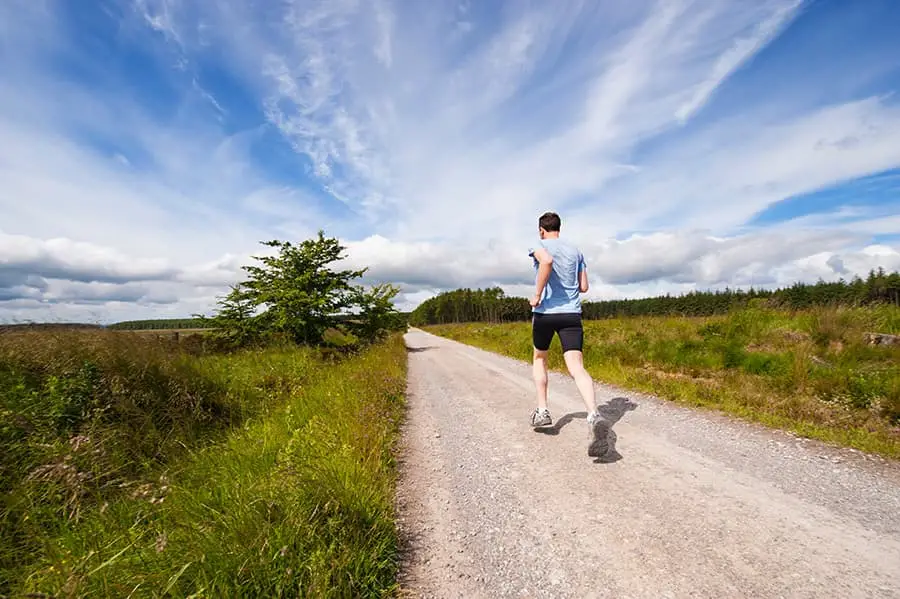
Been hitting the pavement? Not skipping leg day? Ever felt that burning pain in your calf or this extreme tension that causes your calf to cramps?
When your Calf-Achilles complex is tight, it will pull at its attachment point on the back of your heel. This pulls the heel up off the ground earlier than normal and as a result, your body weight is shifted forward. This can lead to a range of foot and leg problems including heel pain, forefoot pain, SHIN SPLINTS and Achilles tendinitis/rupture.
Here are four common issues that skipping stretching can cause…
(1) HEEL PAIN
Tight calves can place extra strain on the plantar fascia, causing heel pain. The plantar fascia is a thick, fibrous ligament on the bottom of the foot that runs from the heel bone to the toes. The plantar fascia’s role is to support the arch and it’s only meant to take on a small load. However, tight calf muscles can force the plantar fascia to take on too much load, which can cause an inflamed and commonly painful problem called plantar fasciitis (heel pain).
(2) FOREFOOT PROBLEMS
In addition, having tight calves means that your heel comes off the ground earlier when walking and therefore places more stress on the joints towards the front of the foot. Forefoot problems associated with tight calf muscles include metatarsalgia, capsulitis, synovitis and sesamoiditis. Increasing calf flexibility (“STRETCHING”) will help the heel stay on the ground for longer during gait/each step and less pressure will be placed on structures in the ball of the foot.
(3) SHIN SPLINTS (TIBIAL STRESS SYNDROME)
Calf tightness means there is less ankle dorsiflexion (when the foot is flexed up). Rather than the foot peeling off the ground and pushing off the ball of the foot when walking, the foot will roll inwards (pronate) to compensate for the inflexibility. This means the foot biomechanics are altered and more stress is placed on the lower leg muscles during exercise, possibly leading to micro tears and/or inflammation in the area where the muscle inserts into the shin bone (tibia) as well as the lining of the tibia (periosteum). Stretching and strengthening the calf can avoid these alterations in biomechanics and therefore prevent shin splints!
(4) ACHILLES TENDONITIS & RUPTURE
This large tendon is responsible for connecting the gastrocnemius and soleus to the heel bone. A tight calf muscle can transfer its load to the Achilles tendon, ultimately resulting in inflammation and rupture if left untreated.
Happy Stretching…
– #CityFeetClinic
Follow @cityfeetclinic for a behind-the-scenes look at our treatments, product tips, and the modern beauty lifestyle led by Kate.